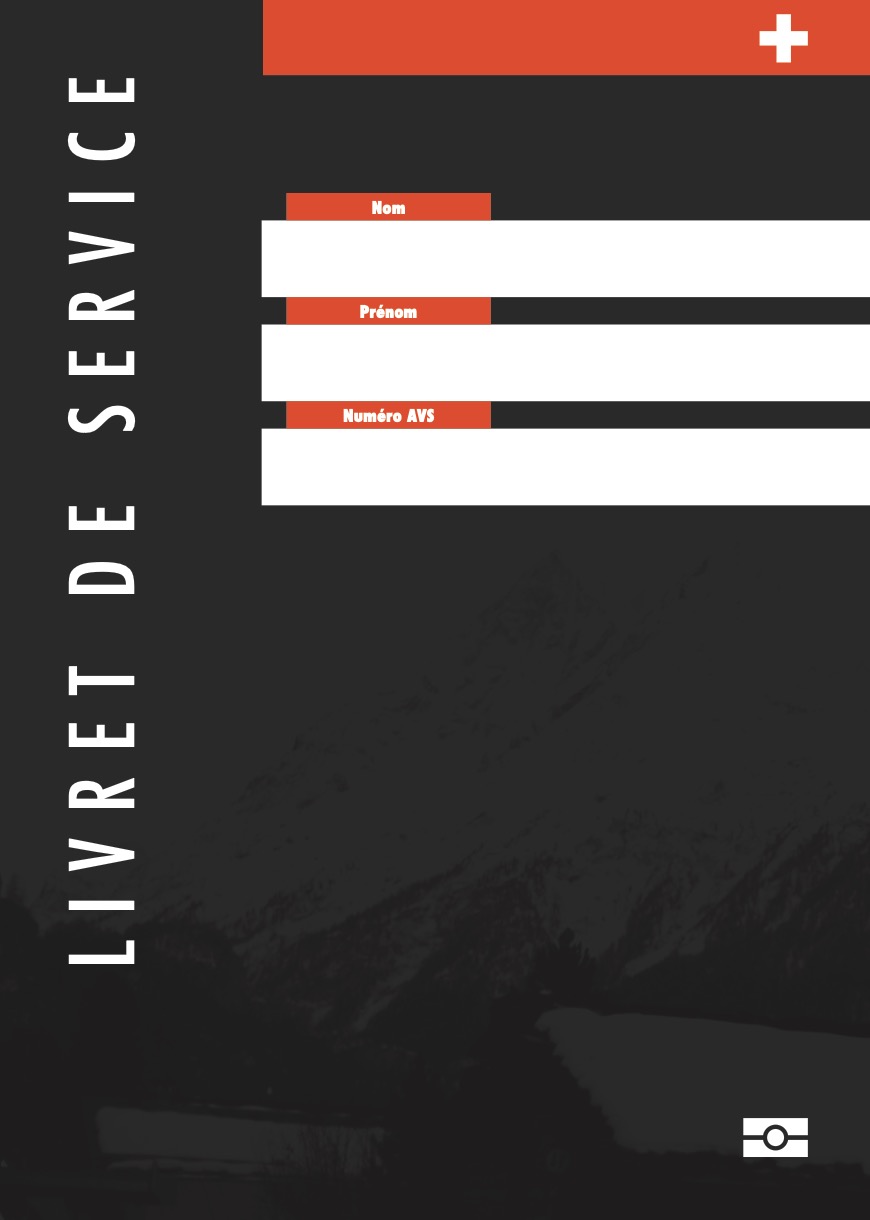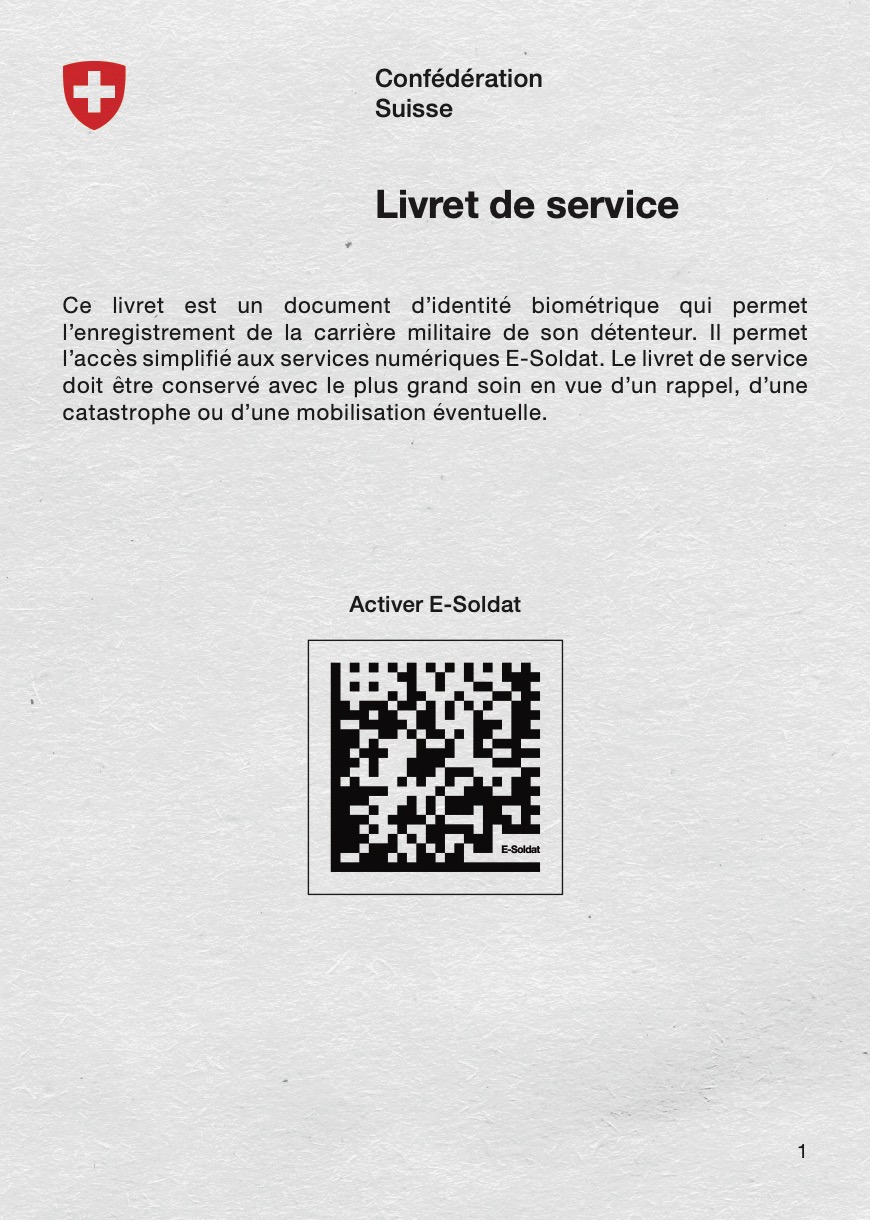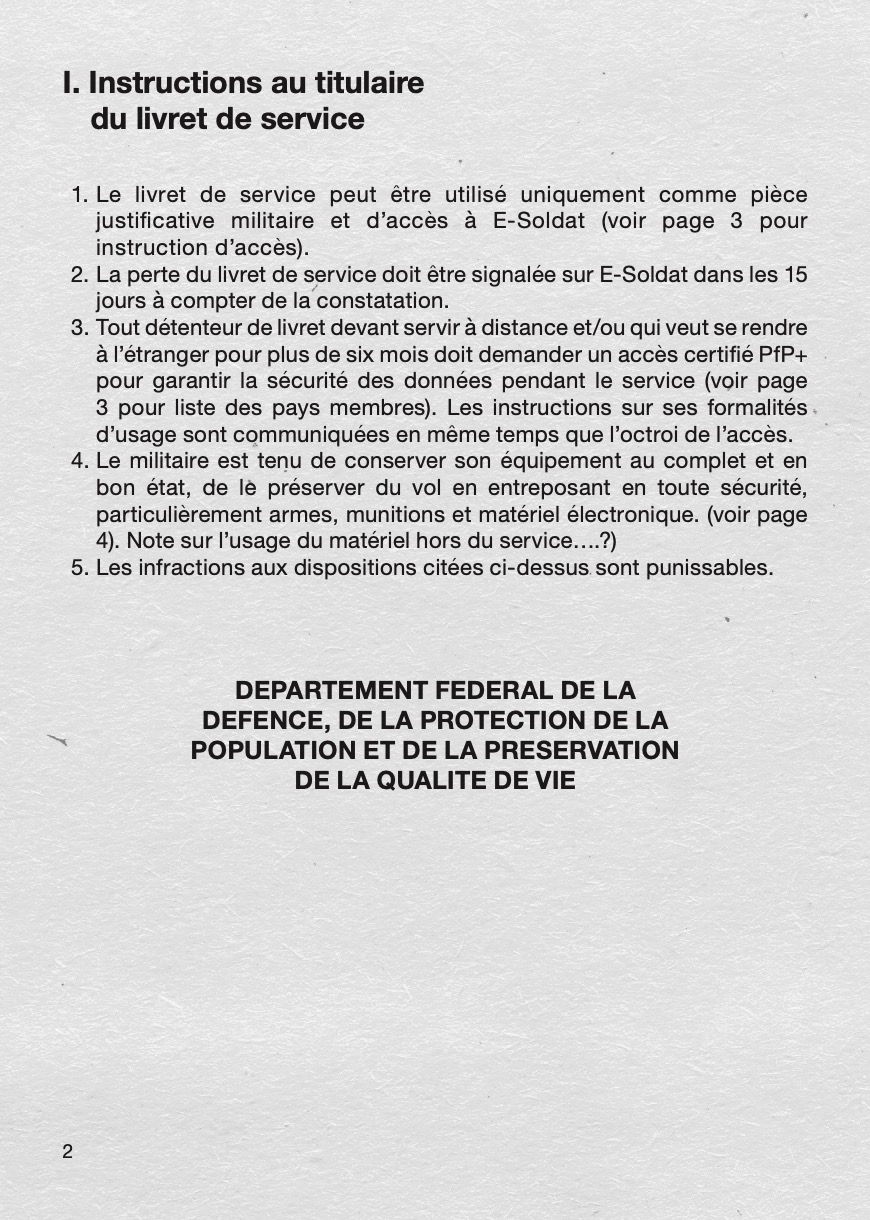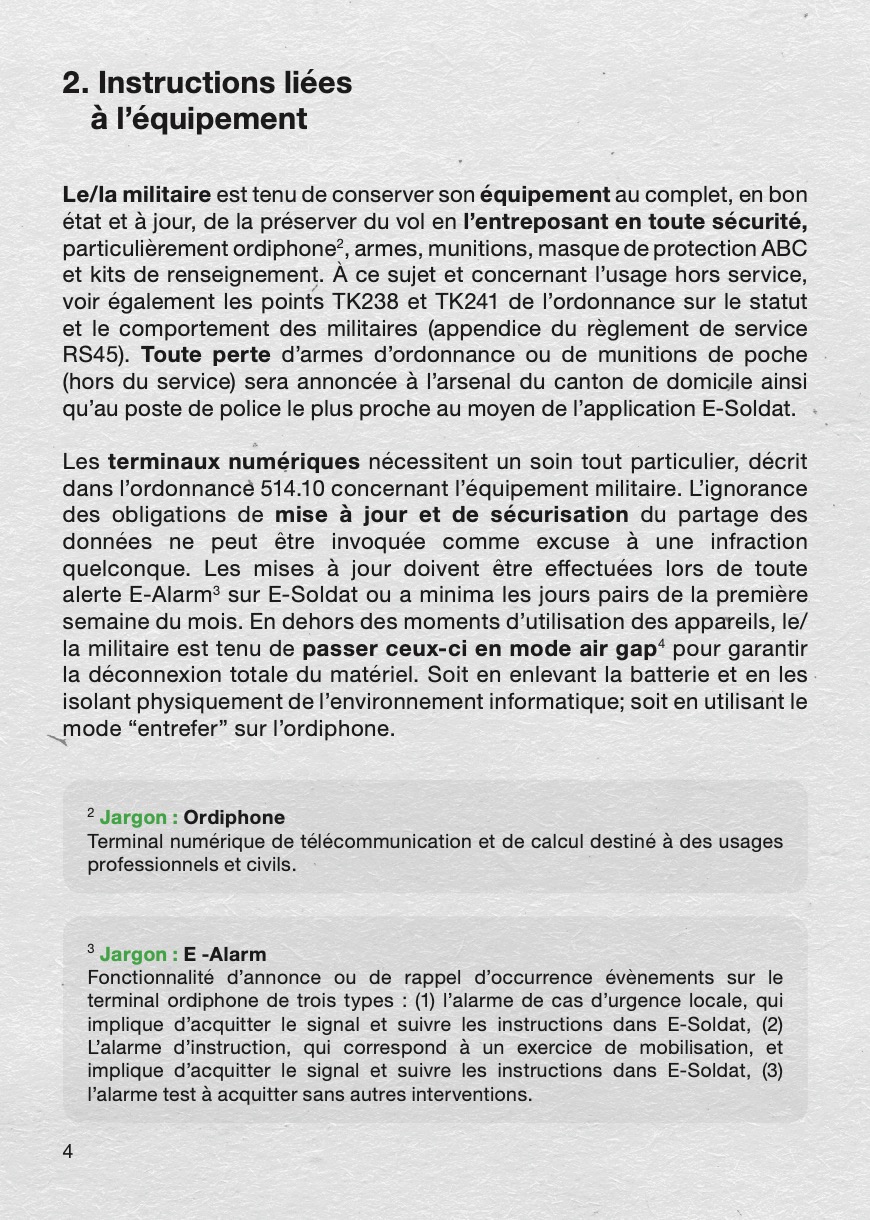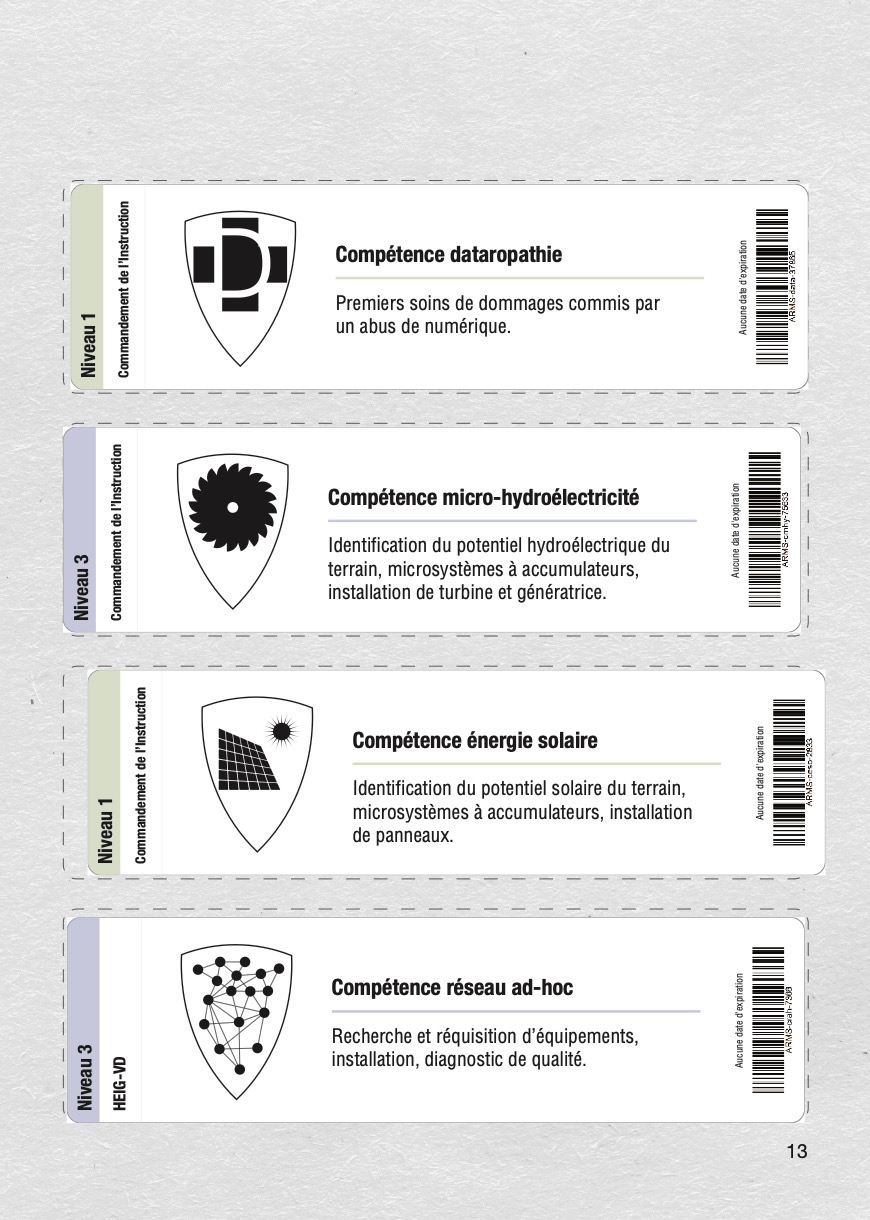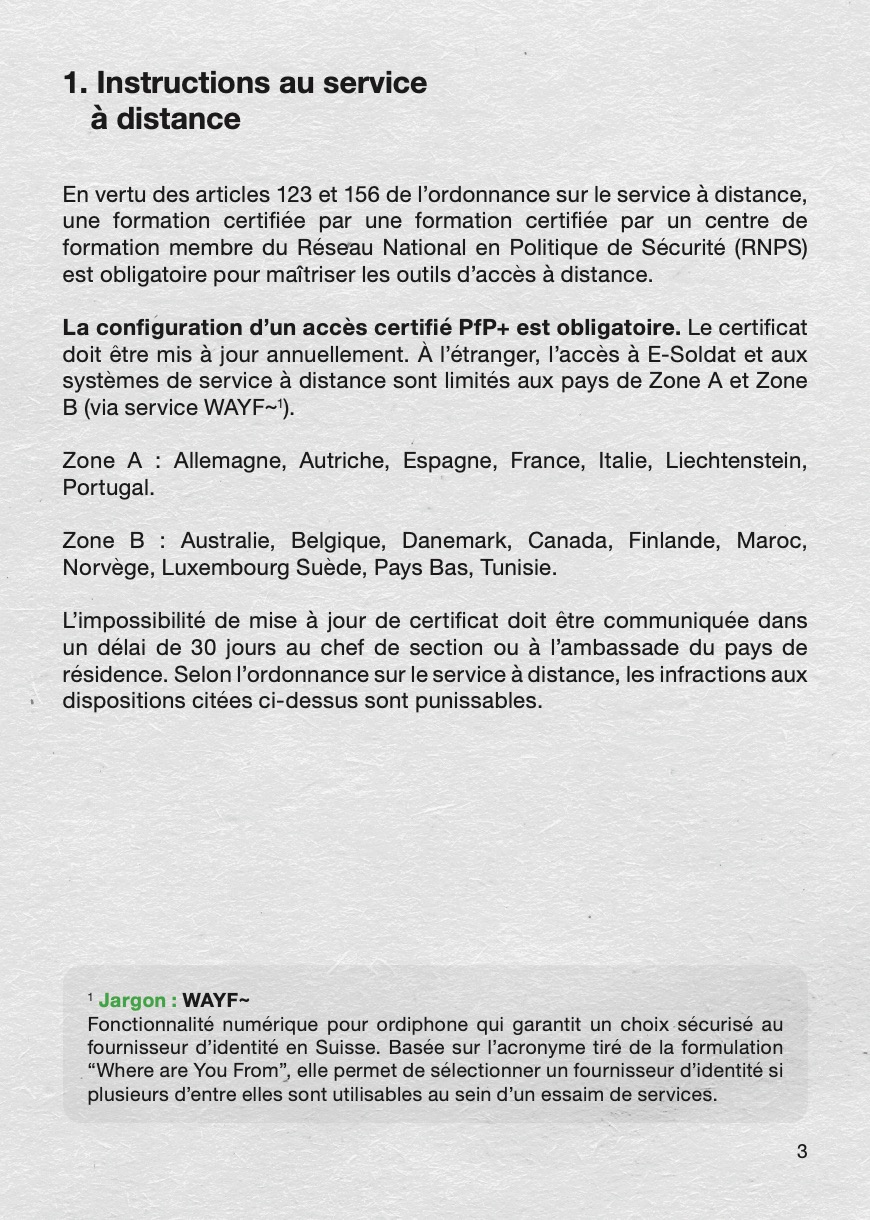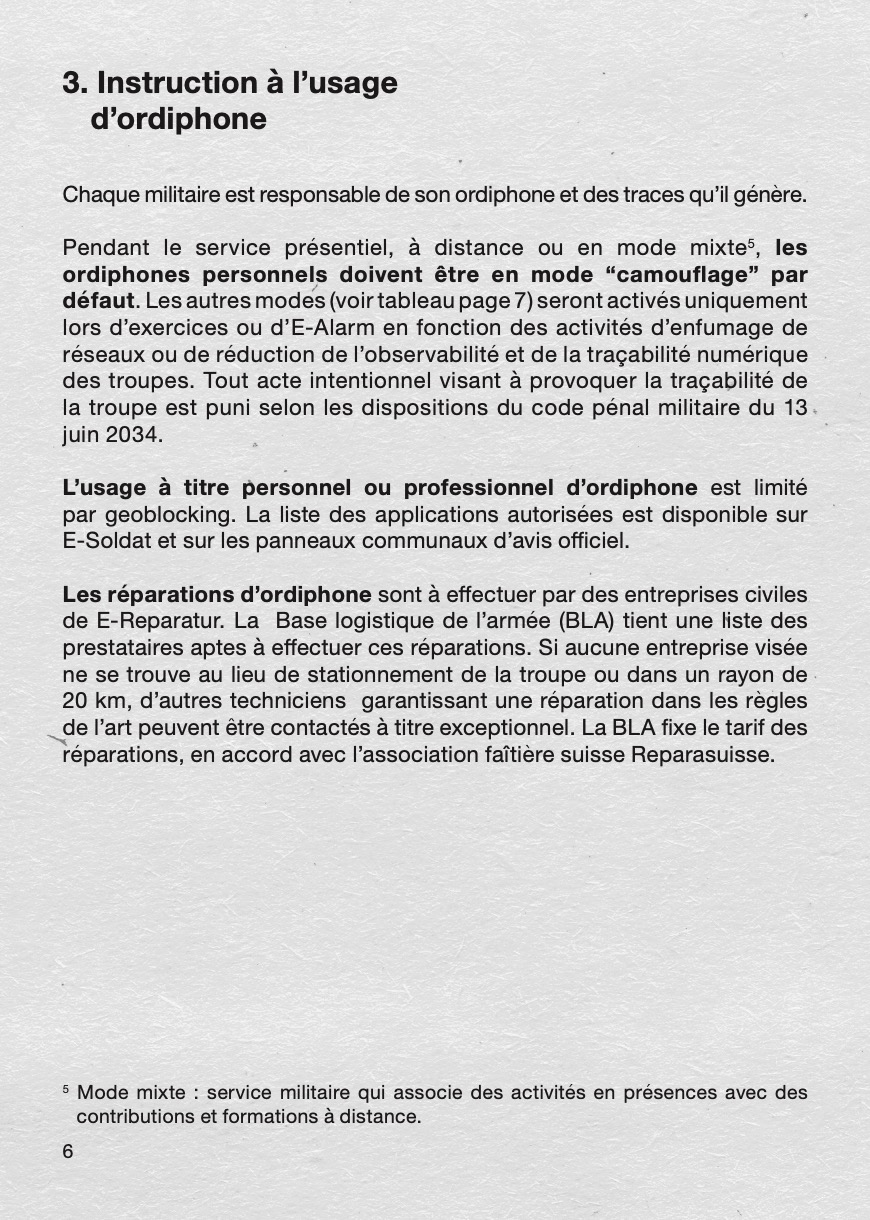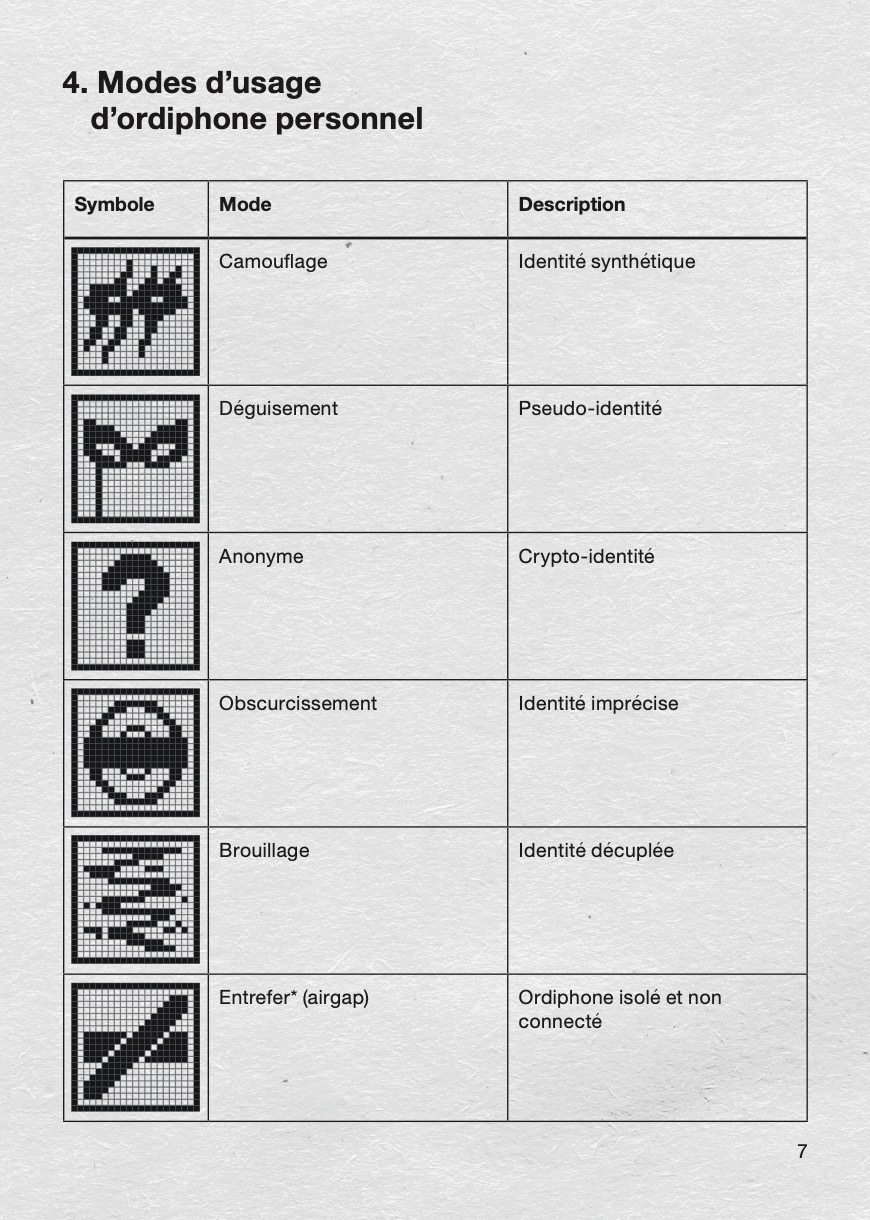Theme 1: The risks of the Anthropocene
While global warming is the most commonly cited dimension of the systemic environmental crisis, it also concerns the multiple degradation of soil and air (plastic pollution, heavy metals, etc.), the massive loss of biodiversity, or the problematic long-term situation of energy supply or critical metals.
The DDPS (Federal Department of Defence, Civil Protection and Sport) is now called the Federal Department of Defence, Civil Protection and Quality of Life. It includes new tasks to prevent environmental degradation affecting the daily life of citizens.
For example, the Service Instructions of the armed forces are updated with a reference to the new fundamental duty to “not harm the environment and to preserve our living environments” in the oath or pledge that each new recruit is now required to sign in the booklet.

The quality of water in the Alps has changed significantly in recent years, with finer and more problematic types of pollution than in the past. Thanks to the latest chemical techniques, it is possible to detect thousands of substances in water, even at very low concentrations.

The manual colorimetric kit WT-012 (Wasserqualität Testfahrten) is a low-tech and participatory solution that is carried by every soldier and distributed to volunteer citizens for emergency or repeated diagnosis.
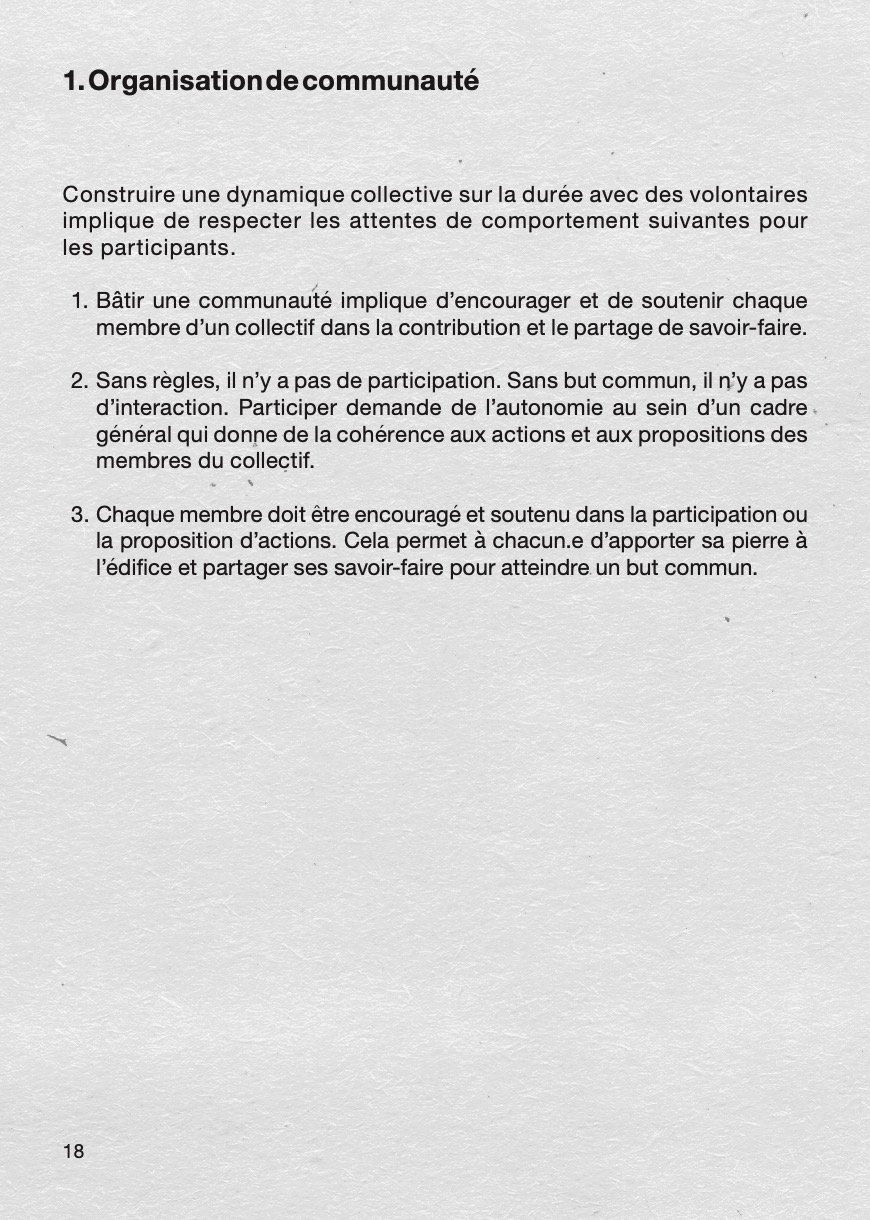
One modality of adaptation concerns the participation of the population, in direct contact with the various signs of environmental degradation, and able to carry out a precise follow-up over time. This active mobilisation of volunteer citizens requires an adequate framework from the armed forces. For example, the booklet describes the guiding principles of community organisation by the military hierarchy, thus revealing the desired behavior that civilians should follow to facilitate their contributions.
